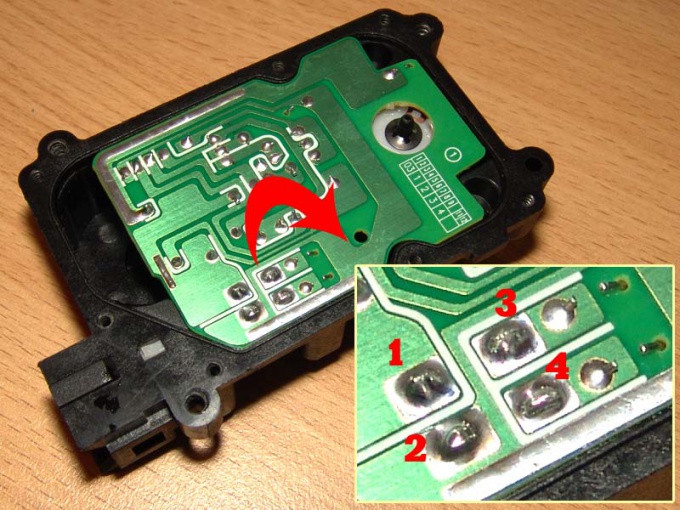Instruction
1
In the Central lock uses two-way solenoids, locking and unlocking door locks. The switches have two positions: "closed" (closed) and open (unclosed). The switches result in the operation of the relay, which sends voltage to the solenoid door locks. Depending on the type of signal, the relay changes its polarity to positive or negative voltage of both parts of the circuit.
2
In the repair of the Central locking system first check the protection circuit. In addition to the fuses on the car can be used automatic circuit-breakers. Several times switch the switches from one position to another. The engine should be turned off. Listen: you should hear the faint clicks of a triggered relay.
3
If no clicks, check for voltage at the switches. If there is voltage check the electric circuit between the fuse block by the switches. Upon detection of circuit breaks or short circuits, repair them. If the problem persists, check the switches on the ability to conduct current. If the switches do not conduct electricity in any of the provisions, replace them with new ones.
4
If the switches are in working condition, but the relay clicks is not audible, check up an electric chain between the switch and relay. Upon detection of a gap, restore the wiring. Check relay. If the relay gets voltage from the switch but is not sending it to the solenoid, check the grounding of the housing of the relay. At health ground, replace relay.
5
If one of the doors does not work the solenoid, remove the inner lining of the corresponding door and check for voltage at the solenoid when both the switch positions. The voltage should be on one wire when the switch position "closed". When you change the position of the switch, this wire should the gap voltage, the other to appear. If not, change the solenoid. In the absence of voltage at the solenoid, check the wires from the solenoid to the relay.
Note
The most common failure in the system the Central locking system – open in the wire between the car body and the door. The constant opening and closing of doors leads to the accumulation of fatigue within the wires and breakage in the wiring.
